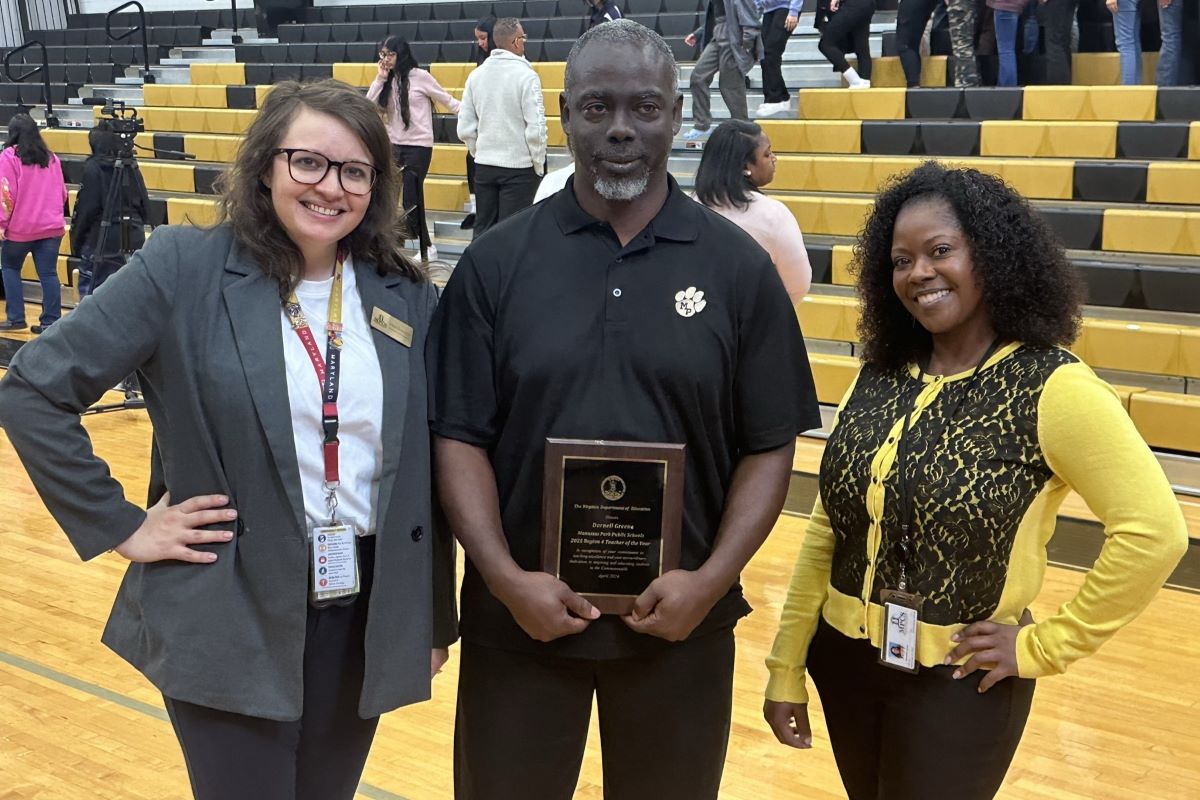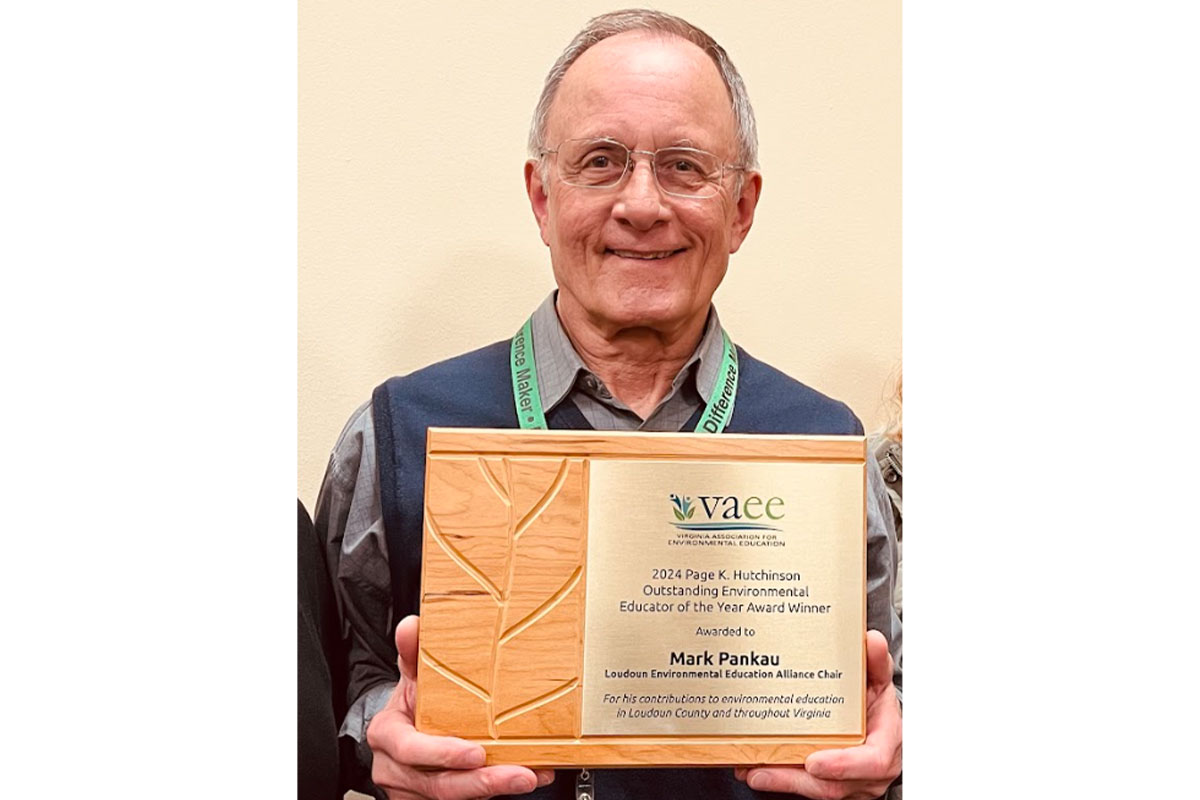
After a year in public high school, Maureen Farace knew her daughter needed something different, so the family began investigating private schools.
There were a lot of factors to consider—class size, how much individual attention students received, resources available to students who, like Maggie, weren’t thriving academically, the social environment, extracurricular offerings and more.
“It’s not easy to find a private school that fits your kid,” Farace says.
Indeed, when making the decision that affects not only your child’s future, but your family’s bank account—the average cost of private school in Northern Virginia is about $13,500 each year—there is a lot to bear in mind.
“A lot of parents want to pick schools based on brand name, or the list of colleges graduates attend,” says Ann Dolin, founder of Educational Connections Tutoring and Test Prep, an educational coaching and consultancy based in Fairfax.
This is not, she explains, the most beneficial approach. Instead, Dolin advises looking at how the school will match a child’s individual needs. Will, for example, a school with a very rigorous workload and a lot of homework be a good fit for a child who requires a lot of guidance? Does the school offer enough balance for students to be enriched artistically and athletically as well as academically? Is the school conveniently located—think before committing to an hour-long commute each day. Will your child feel comfortable?
“As parents we think academically—will my child get into a good college? Kids think socially—who will I sit with at lunch? There’s sometimes a disconnect between the desires of parents and kids,” says Dolin.
While there may not be a foolproof, or indeed simple, formula to selecting the perfect private school for your child, choosing from among the many excellent options in the region needs be neither an impossible nor overwhelming task.
So, what comes first?
 Don’t Know where to start? Check out Tips for and Timetables for Enrollment
Don’t Know where to start? Check out Tips for and Timetables for Enrollment
Embrace The Process
“It’s a process,” says Leigh Ann Cahill, director at Independent School Options, an Alexandria-based consultancy specializing in school placement. “You’re going to learn so much about yourselves, your child and your family dynamic. Embrace the process.”
Certainly, the classroom learning environment and curricula available at various schools must be taken into account when selecting an educational environment for one’s child. Different schools espouse different academic philosophies.
When examining a school’s academic philosophy, Cahill says she advises parents to think about volcanoes: Would your child learn better reading about volcanoes, watching videos or building a volcano and making it erupt?
At Gesher Jewish Day School, Head of School Dan Finkel says, “we’re pretty focused on big picture kind of stuff.”
He defines “big picture stuff” as skills and habits such as writing, critical thinking, communication and leadership, more than facts and figures.
“If you’re being an honest educator, you’ll admit you don’t know what obstacles you’re preparing students for in the future,” says Finkel.
“We believe everybody can learn,” says Nicole McDermott, head of the Pinecrest School. “We believe when learning is hands-on, thematic and creative, and encompassing many different multiple intelligences, that children learn better.”
Madeira, an all-girls day and boarding institution for grades nine-12 in McLean, thrives on a philosophy of “strong college prep blended with experiential learning,” according to Director of Communications and Marketing Karen Joostema. The school year is divided into seven modules of five weeks apiece, wherein students take three 80-minute classes per day, with time built in for teacher meetings, projects or arts and sports. Each student works with faculty to create a four-year academic plan that suits their goals and interests.
For example, while students must take an English class all four years, they have some options as to which texts they study once requirements have been fulfilled. Following a required course in slavery and civil rights literature, 11th graders can choose from among literary studies of the American gothic, American modernism and Native and Asian American literature.
“We want to teach them deep thinking,” says Joostema. “Anyone can look up facts on the internet. It’s not about learning facts, we believe in the problem solving.”

Education Is Not One-Size Fits All
Many educators believe that deep thinking and problem solving to which Joostema refers involves taking the learning experience outside of the classroom.
“Education is not one-size fits all,” says Susan Hower, director of admissions at Loudoun Country Day School. “Fair is everyone gets what they need and can move forward.”
A goal, she adds, is to help students understand the value of learning beyond the four walls of a classroom. Frequent field trips are part of the curriculum. An on-campus garden lab is incorporated into various fields of study. Students studying Van Gogh might grow sunflowers, she said, while those studying the Civil War might grow cotton. Foreign language classes extend beyond grammar and vocabulary to include culture—students correspond with international pen pals, cook dishes native to the cultures of the languages they study and participate in international festivals.
For the schools that include older children, learning beyond the classroom often includes internship or apprentice programs. Madeira’s experiential internship program has students in grades 10 through 12 engaging in five-week internships each year.
But the “real world” focus doesn’t have to wait until it’s time to build a resume. Non-academic skills, such as leadership and self-reliance, are often emphasized from a young age. At LePort Montessori School in Fairfax, where the youngest children are infants and the oldest are 6-years-old, students are “treated as little mini-adults,” says Head of School Reina Shah. Independence is stressed from toddler age—learning to feed themselves, find their own cubbies and seek out activities. A sense of community and co-existing within one is also emphasized. “We teach them respect, waiting their turn and asking for permission.”
Jessica Stewart says she appreciated the opportunities her children, 3 and 6, would have to both look up to their elder peers and eventually be senior members of the mixed-age classrooms in their Falls Church Montessori School.
This gives older students an opportunity to set good examples for their younger peers, and provides children with insights into leadership roles, an important factor of the Montessori method of teaching.
“It’s a child-led classroom,” explains Shah. “Children grow up to become fearless leaders.”

Cast a Wide Net
The single-sex environment at Madeira ensures that girls get experience in leadership roles. “We find a lot of girls who come here say ‘I found my voice here,’” says Joostema. “They all report back that their confidence has increased.”
Educational advisors say a single-sex environment should be neither forced nor dismissed.
“Not considering single-sex is a mistake,” says Dolin. “It’s always valuable to cast a wide net and not dismiss on face value.”
Cahill notes that some students feel more comfortable among peers of their own gender.
“The key is that it has to be chosen by the child. I don’t feel parents should force their child to go to a same-sex school. We really encourage parents and older children to go with their gut. It’s like buying a house. You’ll feel like you’re home, or you’ll feel really creeped out. A lot of stuff falls together organically.”
Because a private school is often smaller than a public school, fostering a sense of community can be essential. This community often includes the entire family.
At Leport Montessori, older siblings who have graduated often take part in school activities.
“Parents are participants in the decisions we make,” says Shah. “This truly is a child’s home. All the children know one another and know the staff.” Shah speaks not only as a Montessori teacher and head of school, but as a parent. “I truly, truly, truly believe in this philosophy,” she says. “It’s worked wonders for my own children.”
Family is also paramount at Gesher. “We really see the family as integral partners,” says Finkel. “When we ask people to give us in a word how they feel about the school, people overwhelmingly say ‘community.’”
When it came time to selecting a school for her son, Dolin appreciated the value placed on family and community at the Flint Hill School in Oakton, asking, “Is the school warm and welcoming? Will I be able to be a part of the community? That was important to me. I wanted to be able to volunteer, be a part of the school.”
Consider The Community
The dedication to community goes beyond the campuses. Many schools are dedicated to instilling a sense of community service into their students.
Community service is a vital component of the character education program at Loudoun Country Day School, where, beginning in lower school, children are taught the “six pillars of character”: respect, citizenship, trustworthiness, caring, responsibility and fairness; respect being the first, says Hower, “because respect is the basis for everything.”
Service is integrated early on; first-graders participate in a project to benefit Alex’s Lemonade Stand, fighting childhood cancer. Such projects, says Hower, help them learn “character, courage and compassion.”
Students at Pinecrest have the opportunity to participate in community service club K-Kids, a youth version of the Kiwanis club. An emphasis is placed on leadership and autonomy: The students elect their own officers and decide democratically what projects they will take on. One year, they made dog toys out of old (clean) T-shirts and donated them to local animal shelters. “It’s really a student-led group,” says McDermott. “It’s driven by their interests and needs.”
The principle of “tikkun olam,” healing the world, is a central philosophy at Gesher. From junior kindergarten, students are encouraged to be giving members of their community, practicing kindness to animals and treating others the way they wish to be treated. From sixth grade and on, students go out into the community, supporting the sick and hungry, including collecting food for and visiting local shelters and food banks.
“My favorite is when a group of students hears about an issue and wants to do something about it spontaneously,” says Finkel. “That says volumes about their own understanding of how they can help the world, much more than any curricular piece.”
Because a school setting can be a catalyst for how children understand their place in the world, when examining schools to best suit your family and your child, Cahill recommends thinking in three-year increments. This is not, she clarifies, to say that students should change schools every three years, but that families should plan to examine a child’s school placement every three years and ask if it still makes sense, whether the environment is still the best one for the child and the family.
“What you don’t want is to place your child as a 5-year-old and suddenly they’re 13 and they’re bored, angry and overwhelmed.”





